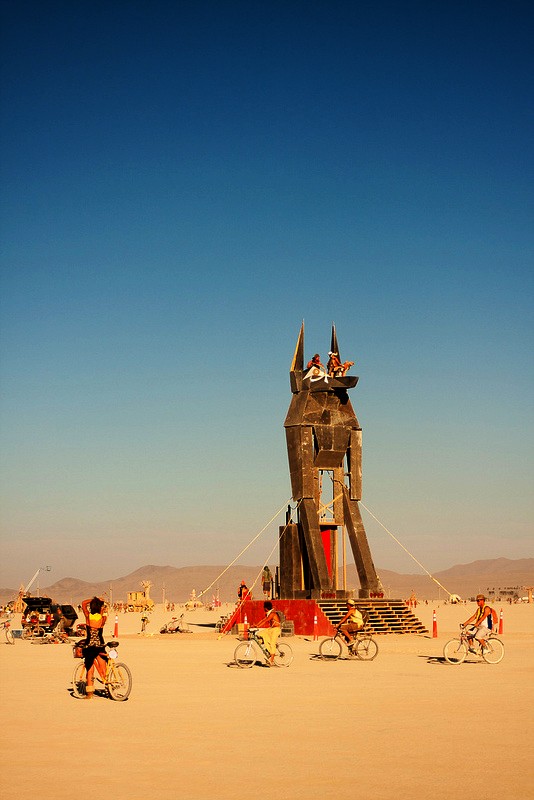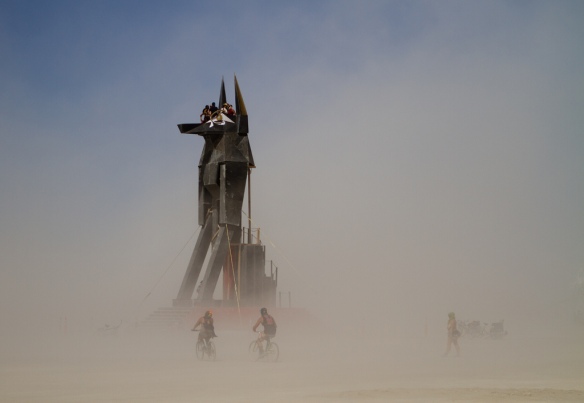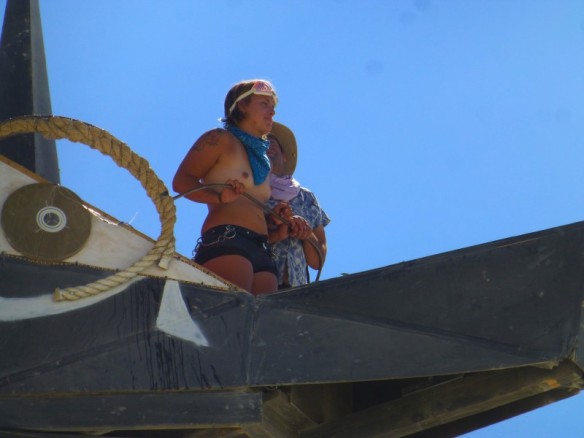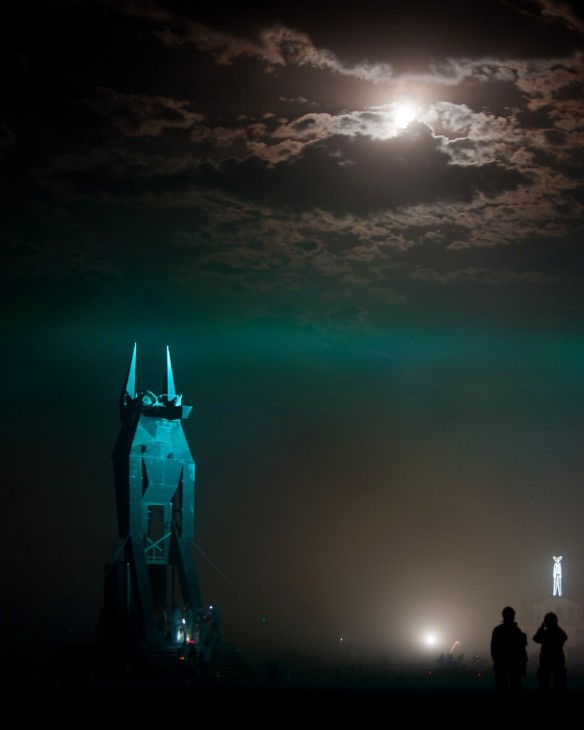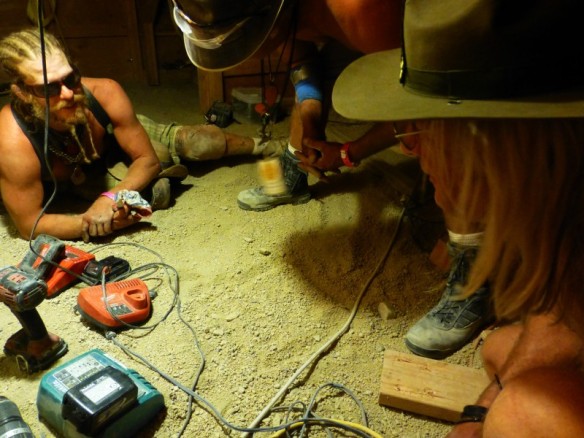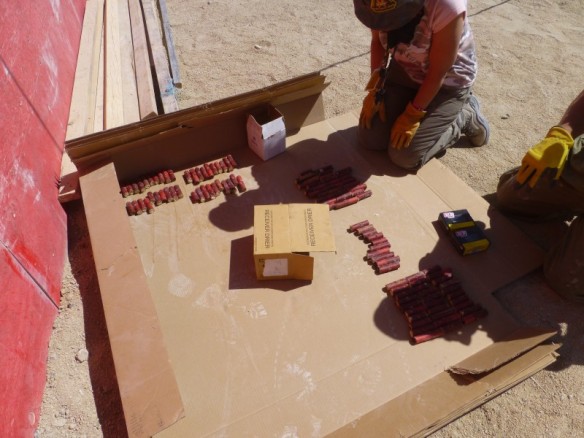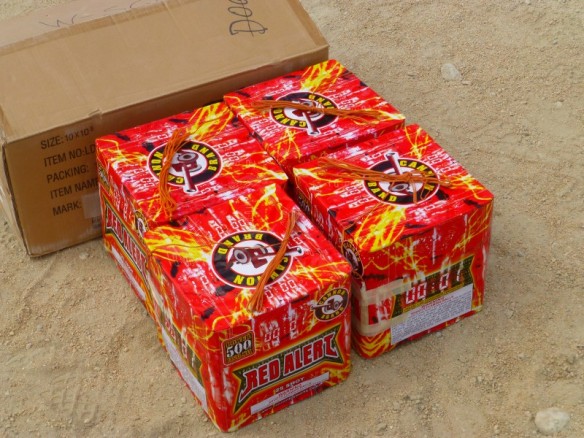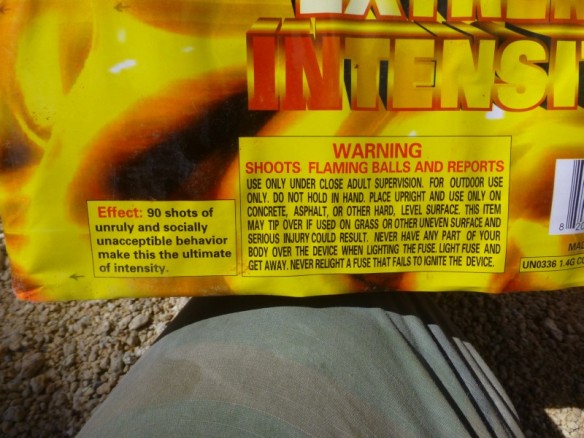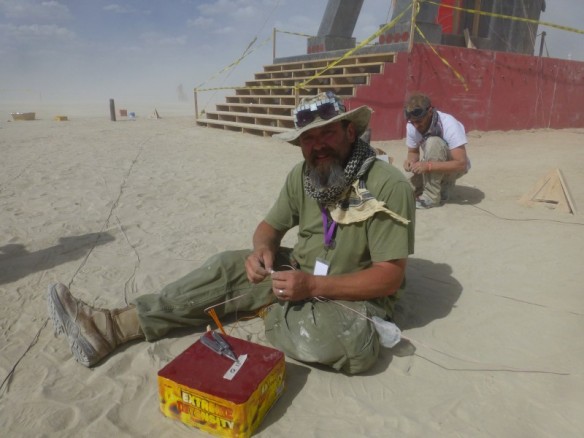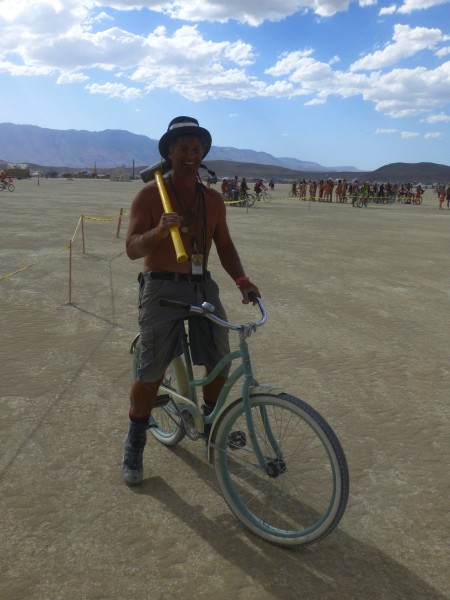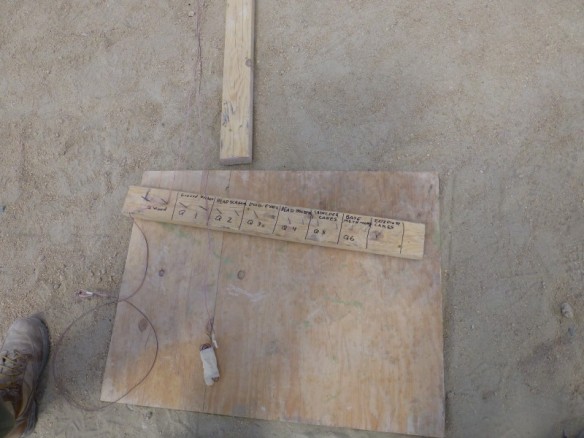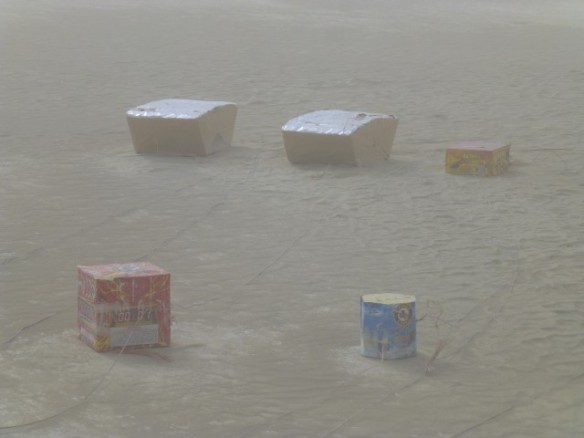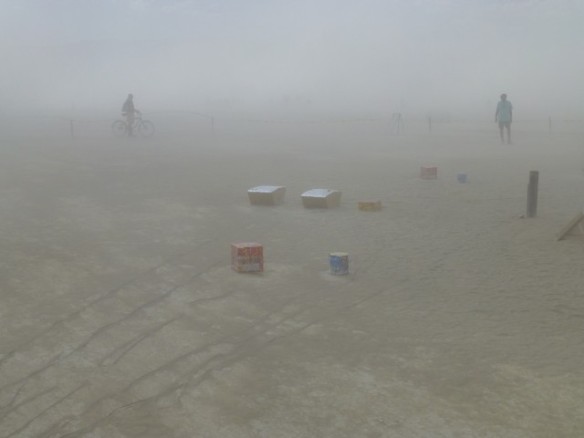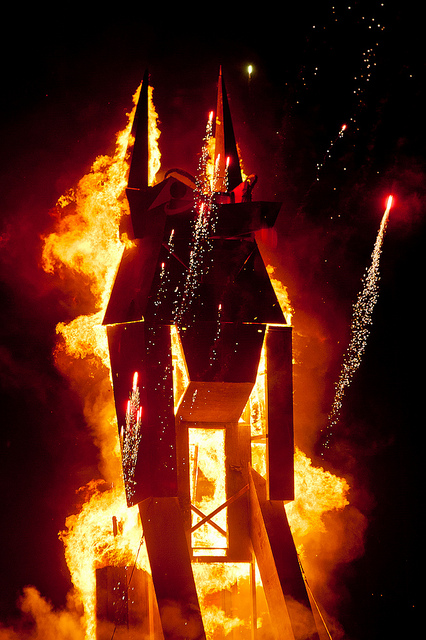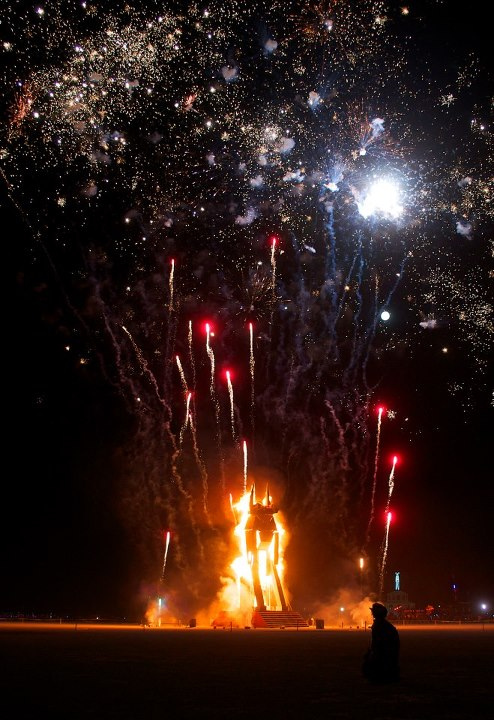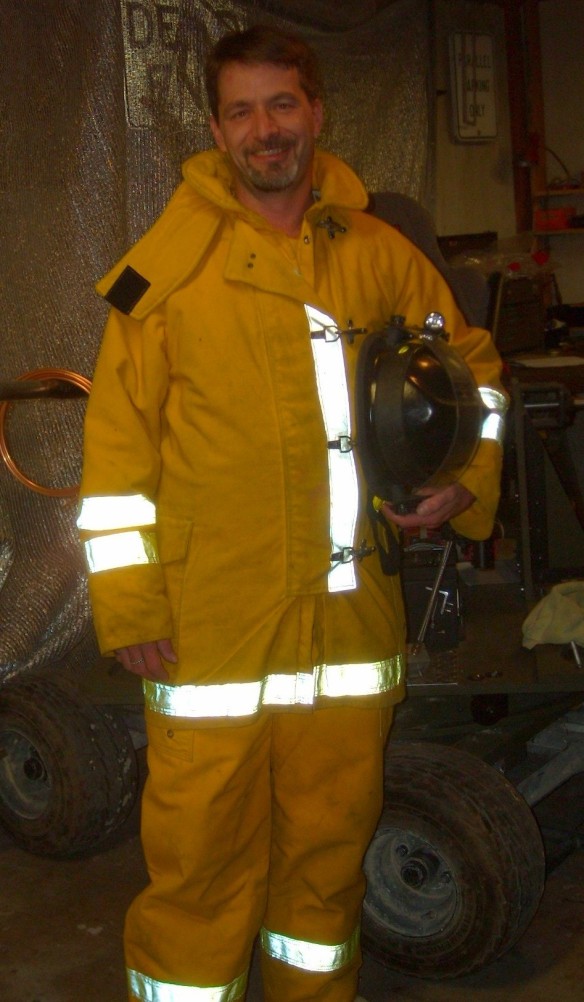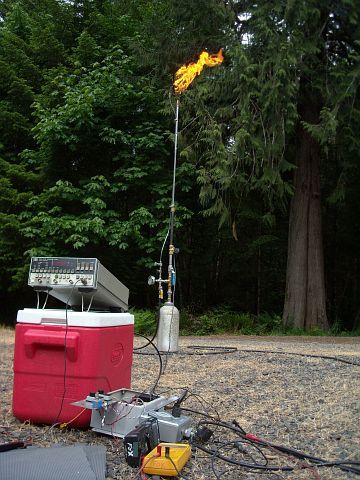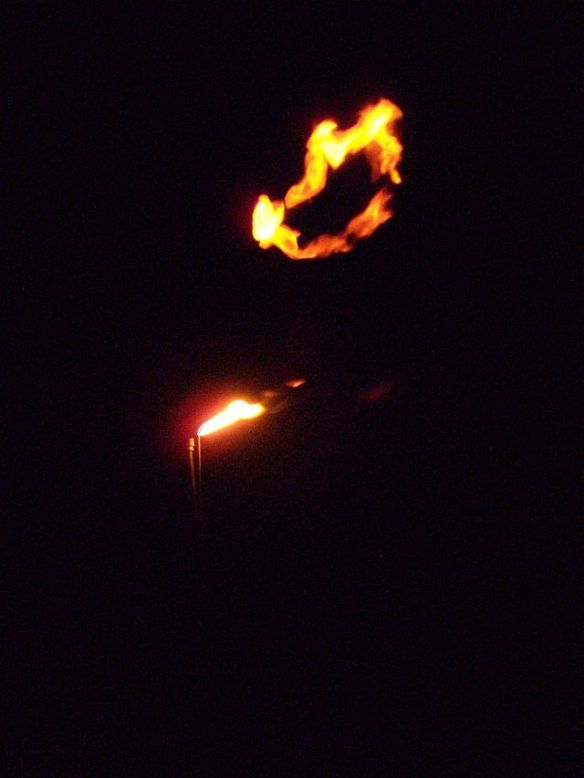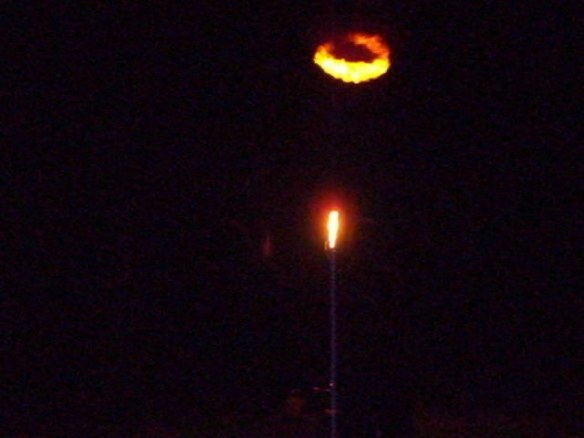The highlight of my 2012 Burning Man experiences?
Burning a dog. A five story tall dog. A climable wooden statue of the Egyptian god Anubis.
Anubis is identified variously in mythology as the god of mumification and the afterlife, a protector of the deceased and their tombs, a Lord of the Underworld, and that his black color represents the fertile black soil of the Nile valley symbolizing rebirth.
The last part of the above is, for me, the real tie-in with the theme of Burning Man this year, Fertility 2.0.
From Chief Dan Fox, the lead designer and builder of Anubis:
“Anubis represents both the ephemeral and the eternal, the single moment of a phase change. Through the work, I hope to convey to participants a reflection of what they take and hold from the festival when they depart. Anubis is the companion from this life into the hereafter, and it is with that sense of frailty, nakedness, and solitude that we ultimately carry the message of unity, companionship, and strength we find at Burning Man into the default world.” http://www.anubis2012.com
To me, Anubis represented one thing specifically:
The opportunity to commit an artistic act of arson. The goal of the pyrotechnician is to entertain people with fire in its manifold forms. Anubis 2012 represented a unique medium to a practitioner of the fire arts. A “normal” firework show is pretty routine. Set the mortars, load the shells, light the shells (see the tag cloud on the homepage for previous posts). This job was anything but normal. It was an enormous work of art, a work that took hundreds of dedicated and skillful hours to complete, a work not finished with the final nail, a work completed only upon its destruction.
Anubis was built to burn.
It takes a special kind of artist to conceive and execute a work that is destined to be consumed by fire. This kind of art has a temporary physical lifetime and then passes into the afterlife of memories where it lives on for eternity. It was a deep honor to be invited by the artists to participate in the destruction of their creation. It is one thing to have someone buy and give you a bunch of fireworks and pyro devices to set and shoot but quite another for an artist to show you to their canvas and be asked to reduce it to ashes.
We, Captain Smashy, Espressodude, Helga, Wally (the Anubis pyro lead), and I among others (Oh yeah! A very pretty gal wearing just boots, a skirt, and a smile, yay!), composed the Arson Crew tasked with burning the dog. We spent the better part of Friday building, loading, and wiring the various pyro devices. Jack, the head of Black Rock FX, delivered the pyro to us, made suggestions, gave direction, and lined out a path of continuity for us. Then he said GO!
The pyro load (approximate from recollection):
30 multi-shot cakes, from 19 to 200-shot, in four different flavors.
10 Mine bags.
40 Whistling cakes.
5 5-second quick whistles.
2 Fountains.
50 Road flares cut into 150 pieces.
100 Gerbes in the form of 2 setpieces.
4 High-intensity illumination flares.
4 Fuel mines (ghost mines).
4 Concussion mortars.
20 Gallons of diesel.
20 Gallons of colored methanol.
6 Marine distress flares.
1 Cord of seasoned eucalyptus.
Nearly a mile of wire, 50 e-matches, and 100 feet of quickmatch.
The sequence of ignition in rough order, again from recollection:
2 200-shot cakes, shooting in a fan pattern. These served as a draw to attract the crowd as well as people who were across the playa waiting for the Burn Wall Street installation to burn. It was cancelled but news is hard to disseminate out there…
The illumination flares, behind shrouds on each of the 4 sides of the dog. VERY bright. They lasted about 1 minute.
The whistling cakes mounted on the chest and back. These lasted more than a minute and gave a unique effect as they shrilled away. A chorus of whistles with standing waves and odd beat frequencies.
The quick whistles blew out of the top of its head in a heavenly direction. I thought they were going to stay put. I like them much better now. I didn’t see these before they were loaded but from the sound you’d think they were the size of your arm…
The methanol buckets. 5 gallon buckets with electrically-ignited marine distress flares in the bottom were lined with trash bags and filled with methanol (wood alcohol). When the flares ignited, the meth bags burned through releasing a cascade of burning fuel through the hole in the side of the bucket where the flare was inserted. The methanol was mixed with various chemicals that gave the otherwise colorless flames some panache. There were several meth cues over the next minute.
The diesel buckets. The eucalyptus wood was palletized in 2 bundles and placed directly beneath the base of the statue. John made demo cuts to direct the flames up through the dog in a chimney effect for a fast burn. These were prepared identically to the meth buckets. When the flares ignited, the diesel bags burned through releasing a cascade of burning fuel down upon the cordwood.
The eyes of the dog had the gerbe (small fountains the size of a fat pencil) setpieces attached to them and lit up on cue making Anubis cast a fiery glare upon the crowd.
The ear fountains started up. I thought they’d be higher up but whatever, they burned and made lotsa sparks. I worked the ground crew, others did the vertical sets.
About now the mine bags started blowing. These were trash bags filled with leftover bits of fuse, stars, comets, small class C devices, and other pyro floor sweepings. Lots of crazy, delicious, dangerous shit wrapped up like tea bags. They were nailed to the exterior and not matched (fused). They depended on the kindness of wayward flames to light ’em up.
The multi-shots came next. These were set up on the four corners of the installation. There were 3 cues: (8) Exotic Mash, (4) Extreme Intensity, and (8) Red Alert (all Cannon Brand). If aerial fireworks are legal where you live, I highly recommend all of these. If they aren’t, go somewhere where they are and bring some home.
The remaining 4 200-shot cakes. The tubes in these cakes are upright in the center of the long axis (rectangular footprint) and spread out fan style from there. Very similar to mortar fan racks but much more rapid in firing. They remind me of the Iraqi anti-aircraft fire over Baghdad during the 1991 ass kicking we gave good ol’ Saddam after he got all touchy feely with Kuwait. These cakes were absolutely spectacular! They’re Lidu brand so it’s no surprise…
Then came the fuel mines and concussion hits.
A fuel mine is a steel tube filled with a liquid fuel, typically gasoline, and uses a sealed black powder charge to expel the fuel and ignite it. It produces an angry orange and black mushroom cloud fireball and can leave a giant black smoke ring afterward if the conditions are right. It makes one helluva whoosh-bang and the radiant heat wave can be felt at surprisingly long distances.
The fuel mines we fired are called ghost mines because we used methanol instead of gasoline. Using methanol and colorants gives the effect of clear, colored fireballs without the thick black smoke. Titanium sponge was added to the black powder charges to insure ignition after expulsion and can be seen as white sparks drifting out of the fireball.
A concussion mortar is a cylindrical steel billet, 3 to 4 inches in diameter and 5 to 7 inches long, with a 1 inch axial hole bored to within an inch of one end. It’s a big, strong steel cup that’s filled with standard 70/30 flash powder and electrically matched. On ignition it sounds like a cannon. They’ll make your bowel growl and your liver quiver.
Finally, all that was left were the chunks of flares nailed to the side of the platform. A few went up before the collapse with the rest igniting in the pile o’ fiery goodness.
The dog was pointed perfectly into the wind. The flames trailed behind it like fur. The eddy behind the blazing canine blended the wind with the extreme thermal turbulence provided by the hellacious blaze and spawned many fire devils. Smoke devils, too.
4 minutes and 25 seconds after the first pyro ignited, Anubis collapsed.
Blah blah blah, on to the pics and video…
One of the better videos I’ve run across is this one:
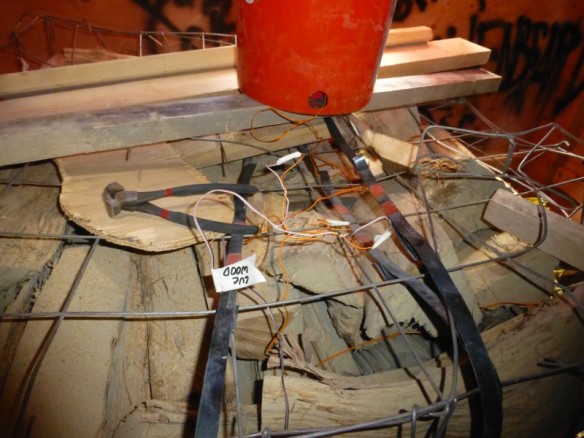
A diesel bucket atop cordwood in the base of Anubis. The flare can be seen through the hole. The wires lead to the firing slat and then on to the firing board.
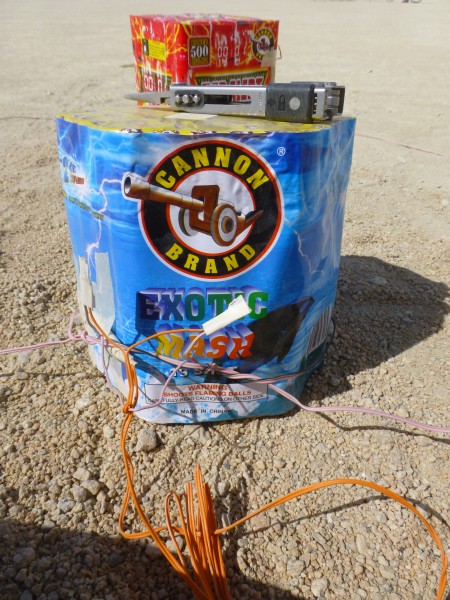
Exotic Mash 19-shot cake.
E-match > quickmatch > OEM visco. Don’t try e-matching directly to visco. Dark skies suck and angry customers suck even harder.
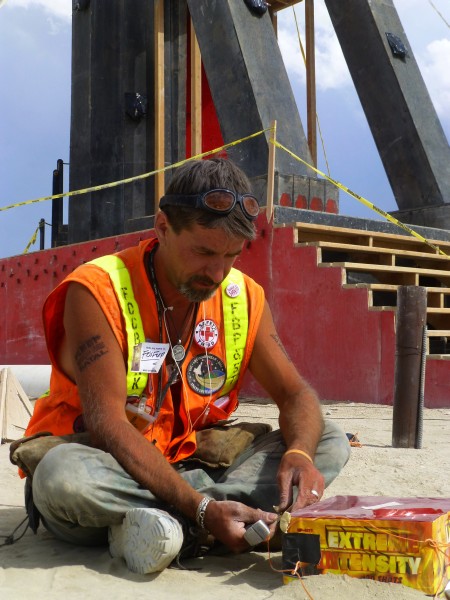
Some fucko, Foxfur or something, wiring up a cake.
I used to get busted for doing shit like this.
Licenses are handy!
Mine bags are visible in the background.
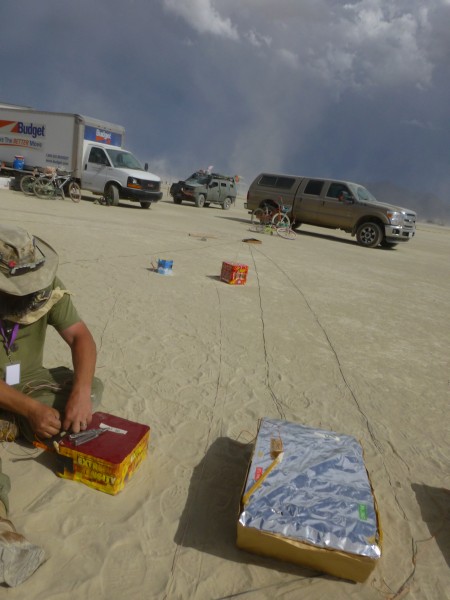
Multiple wire runs. Each run is a separate cue with all devices wired in series for simultaneous ignition.
The above photo shows 6 of 7 cues:
– 2 19-shots
– 2 25-shots
– 1 90-shot
– 1 200-shot
– 1 200-shot ‘draw’
– 1 fuel mine
– 1 concussion mortar (Not set in place yet)
The 2nd 200-shot cake is one of 2 (the other is on opposing corner) that served as ‘draws’. They were fired 10 minutes prior to the show in order to draw spectators from the Burn Wall Street burn which was supposed to go up at 9:30 PM. The show was scrubbed and Anubis was moved into the slot. On firing the 2 200-shots, people at BWS would see them and say “What’s that? Let’s go over there!”
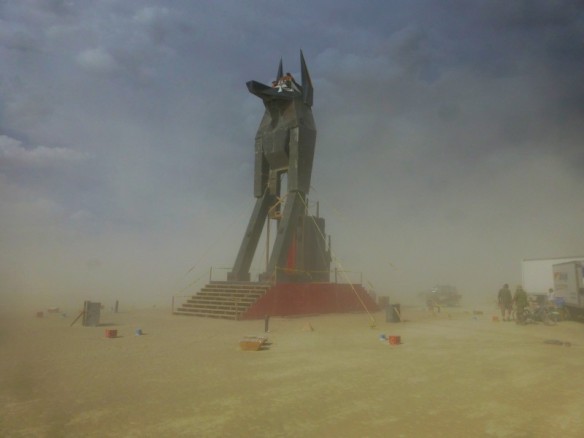
A wide shot showing three corners and the plywood shrouds where the illuminating flares were placed.
A video I ran across features a gal saying “They sound like guinea pigs!” when the mine bags ignite. Some whistly bits in the bags chirped and shot around on ignition…
A huge thank you to Dan, Jacob, John, and the rest of the Anubis crew, Jack and the Black Rock FX crew, the Anubis perimeter crew, and to the burners who made it all possible. The Anubis burn was THE highlight of my burn this year.
I look forward to the opportunity to burn shit next year and doing my best to Keep Burning Man Potentially Fatal.

